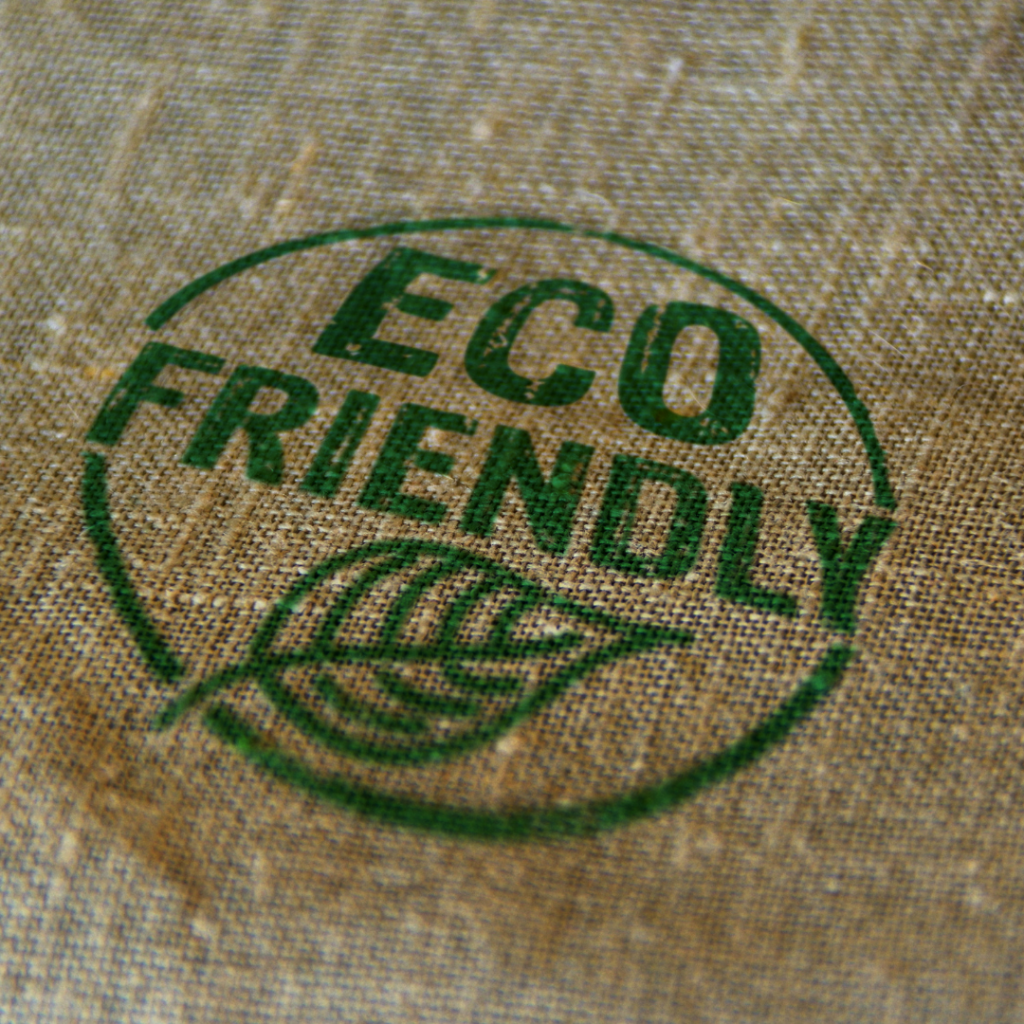
5 Ways You Can Send Eco-Friendlier Packages
Packaging is a big business. That is where the term ‘green’ comes in! What exactly does ‘green’ mean? It simply means using recyclable, biodegradable, or reusable packaging materials to protect the items you are shipping. These days, most consumers are concerned about what they can do to protect the environment.
When you buy a product, several factors go into choosing a package. The business owner might decide if their products may need luxury packaging or normal customized packaging. They can also decide on reliable companies to whom they can outsource the packaging work. One of the most important factors, however, is whether a package is eco-friendly. It is a common misconception that all packages are eco-friendly, but many packages are made from recycled materials, and some even have a recycled, second layer. If you want to be a bit more eco-friendly, stick to environmentally-friendly packaging.
There are several types of eco-friendly packaging materials that are used in these types of packages. The most common is corrugated cardboard, which is definitely the most eco-friendly but is also the least expensive. Environmental protection and packaging can be seen as two sides of the same coin. In the eyes of the companies, the customer is the primary concern and target of environmental protection. They want to protect the environment, and they want to keep their customers happy.
It’s very important to know that we should take care of our home, that’s why we are here to discuss with you how you can make your delivery.
Here are 5 ways you can send eco-friendlier packages:
1. Did you know that the packaging material that your products are wrapped in is one of the most significant contributors to the amount of plastic ending up in landfills and oceans? Therefore, to contribute towards Environmental Remediation, there are many business providers who are doing their best to effectively reduce the usage of plastic. It is estimated that the average American produces between 20 and 50 pounds of plastic waste annually. More than 80 percent of that is packaging–from food and beverage containers to toys and electronics.
There are many ways we can change our habits to prevent this from happening. All our packaging should be biodegradable to prevent the unnecessary use of petroleum-based plastics.
2. Going green is the new black, and choosing digital printing for eco-friendly packaging is one of the best ways to do so. When it comes to packaging, choosing digital printing for eco-friendly packaging is usually the way to go. Digital printing offers you very little waste, and it doesn’t produce toxic materials as traditional printing does. Plus, it allows you to order more, cheaper, and faster than traditional printing, so there is no reason why you should settle for less.
3. Eco-friendly packaging has emerged as a crucial consideration for companies across industries, driven by rising environmental awareness and consumer preferences. The packaging industry has responded by exploring innovative solutions that minimize the environmental impact throughout the product’s lifecycle. One such approach is the adoption of biodegradable materials derived from renewable resources like plant fibers, bioplastics, and recycled materials. Moreover, companies are embracing waterless printing techniques, which significantly reduce water consumption and the release of harmful chemicals associated with traditional printing methods. As businesses strive to enhance their environmental credentials, Life Cycle Assessment (LCA) has become a powerful tool for evaluating and optimizing the environmental impact of their packaging solutions. LCA is a comprehensive methodology that quantifies the environmental footprint of a product or process from cradle to grave, considering factors such as raw material extraction, manufacturing, transportation, use, and end-of-life disposal or recycling. Having said that, lca packaging solutions can provide a comprehensive analysis of the environmental footprint, from raw material extraction to end-of-life disposal or recycling. Through the analysis, companies can identify hotspots in their packaging supply chain where the most significant environmental impacts occur. This insight enables them to target specific areas for improvement, such as sourcing more sustainable materials, optimizing production processes, or implementing closed-loop recycling systems. This data-driven approach empowers businesses to make strategic choices that align with their sustainability goals while meeting customer demands for eco-friendly packaging.
4. Are you a business looking for a way to reconnect with the community and to do your part to save the environment? Partner up with a local company for a product or service that can help your business and the community!
Now that you’ve picked out your local green packaging company, you’ll want to work with them to create a package that shows how environmentally friendly you are. It can be as simple as printing your logo on the side of the box or as complex as wrapping your product in recycled paper. Green packaging can also help you stand out from the rest of your competitors, who are likely to use the same old recycled paper or flimsy plastic cartons.
5. One of the ways to keep the planet clean is to reduce the amount of packaging used. To do this, small businesses can get in touch with their customers about the number of items that they received, the number of items that they need, the quantity of the goods, the weight of the goods, the amount of the goods, the price of the goods, to name a few. This helps them know their customers better, know the market, and so allows them to design a better packaging solution for their customers.
